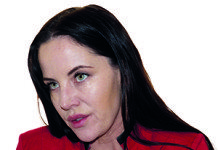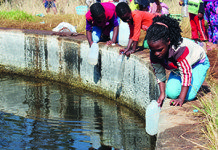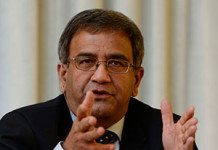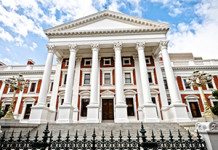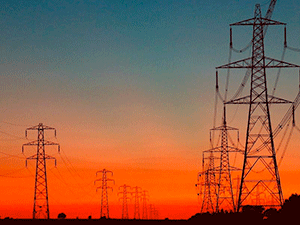
[miningmx.com] – THE parlous state of Eskom’s balance sheet has sparked discussions about possible private sector involvement in the utility’s affairs, but public enterprises minister, Lynne Brown believes South Africa’s basic services should not be privatised.
This is despite comments by Treasury Director-General Lungisa Fuzile and Enoch Godongwana, ANC economic subcommittee head who believe private sector involvement may now be required, especially as Eskom’s recent tariff increase application was turned down by the National Energy Regulator of South Africa.
“In a way, privatisation is a misnomer,’ says Brown in an interview for The Mining Yearbook. “Presently, Eskom provides 95% of the electricity the country needs. It might not be the cheapest electricity, but it still falls in the bracket of cheaper electricity.
“Government uses a sliding scale that helps poor to have access to electricity and in some instances we provide free electricity.’
She maintains that basic services should be in the domain of the state so that it can also manage “a fiscal fallout’ should that happen.
“Do we get the PIC involved? [Godongwana earlier hinted at the possibility that the PIC could buy a stake in Eskom.] These are all discussions, including that of the alienation of non-core assets for the R23bn cash injection.
“I don’t want to enter these discussions because at some point I’ll need to arbiter the issue. But I personally feel Eskom should remain in the hands of the state,’ Brown says.
Eskom’s distressed financial position begs the question if the power utility has the ability to undertake large capital projects, such as the construction of a third coal-fired power station (Coal 3) and the spearheading of a trillion rand nuclear build programme that includes the proposed construction of six new nuclear reactors.
But no instructions for new build projects have been forthcoming since the two coal-fired power stations Kusile and Medupi and the pumped storage scheme Ingula, says Brown.
“I’m quite confident that there are no plans for another coal-fired station. If there is going to be a Coal 3 it must happen now because there is capacity within to do the generation. We shouldn’t put off the decision.’
The way forward with regard to South Africa’s energy mix, resides with Minister of Energy Tina Joemat-Pettersson, who has appeared in no hurry to approve new generating capacity proposals. BDlive earlier reported that four-major initiatives are “blocked’ in Joemat-Pettersson’s office.
“What we need is an energy master plan,’ says Brown, “… so that we know what the end state of our electricity situation is. This plan should take into account South Africa’s position globally and on the continent.
“We must consider the extent to which we have to provide electricity to the SADC [South African Development Community] countries and in turn what amount of electricity we should buy from them, including gas-rich countries.’
Essentially, Eskom’s future financial and operating model also hinge on the very same master plan. “There have been lots of fights around the ISMO bill [the Independent System and Market Operator draft legislation that would have restructured the way in which Eskom supplies electricity],’ Brown says.
“Some say there should be three companies – one for generation, a second for distribution and another one for transmission.
“It may be so, but at this point Eskom is a strategic asset. It’s a huge organisation that is more than 90 years old. We can only look at Eskom’s structure once we know what the end state of energy needs is.’






